CHRISTIE’S SOTHEBY’S


CHRISTIE’S SOTHEBY’S
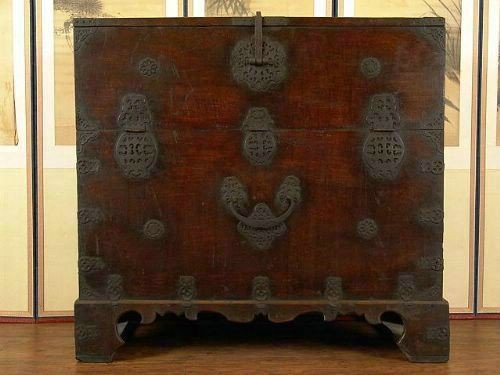
Hamgyŏng Do province was bounded on the west by P’yŏngan Do province, on the south by Hwanghae Do and Gangwŏn Do provinces, on the east by the Sea of Japan, and on the north by China and the Russian Empire. It was one of the eight provinces of Korea during the Joseon dynasty and the provincial capital was Hamhung. Hamgyŏng-Do is the […]

AN ANTHROPOLOGICAL STUDY OF THE JOSEON DYNASTY. Joseon 조선 in Korean, 朝鮮 in Hanja, or Chosŏn, officially Great Joseon State (대조선국; 大朝鮮國, was the last dynastic kingdom of Korea, lasting just over 500 years. It was founded by Yi Seong-gye in July 1392 and replaced by the Korean Empire in October 1897. The kingdom was founded following the aftermath of the overthrow of Goryeo in what is today the city of Kaesong. […]
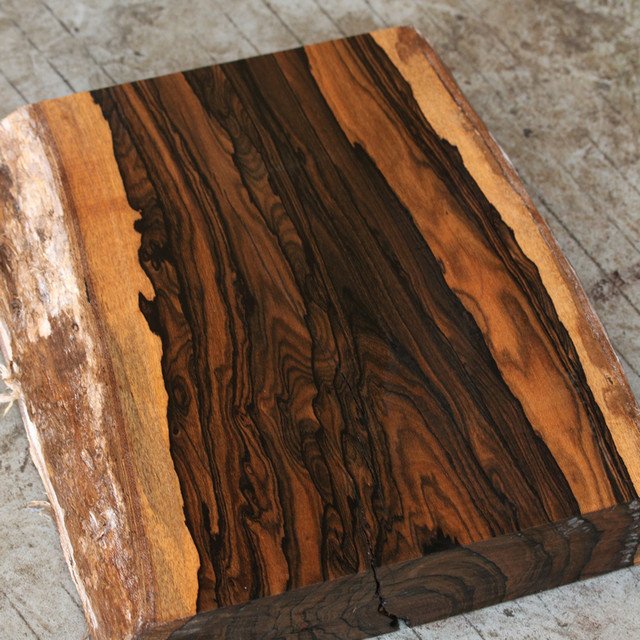
Persimmon wood called 감나무 “Kam Namu” in Korean belong to the family “Diospyros kaki”. https://en.wikipedia.org/wiki/Diospyros_kaki Originating in Eastern Asia, as evidenced by its presence in Chinese culture as early as several centuries B.C., the persimmon made its way to Japan in the seventh century and to Korea in the fourteenth century. While persimmon trees belong […]
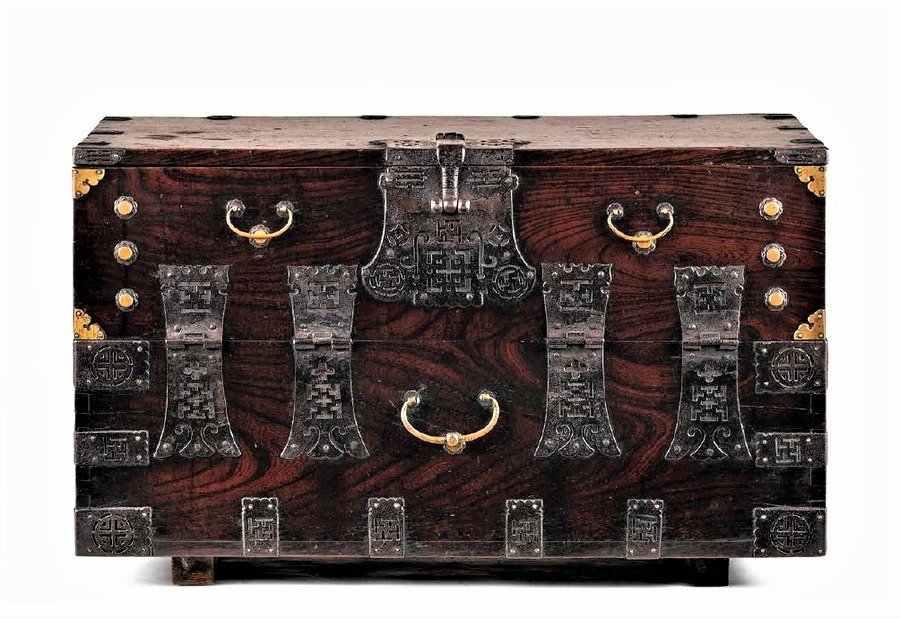
Gyeongsang Do 경상도, also known as Kyongsang-do, was one of the eight provinces of Korea during the Joseon dynasty. This province is located in the southeastern part of the peninsula, with its provincial capital now known as Daegu. The region holds historical significance as the birthplace of the Kingdom of Silla (57 BCE – 935 CE). Gyeongsang-do […]
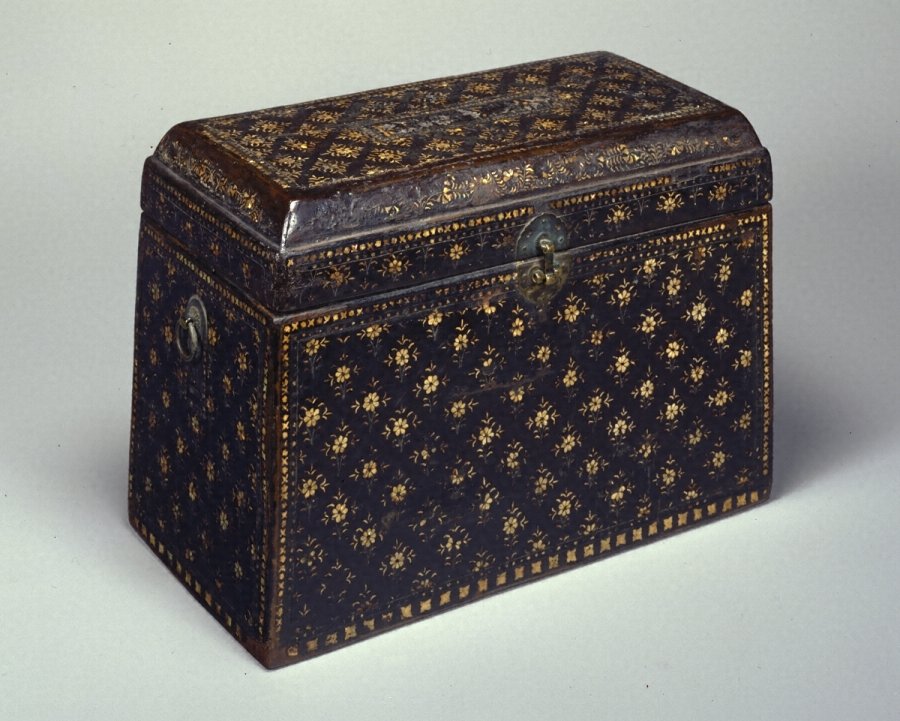
THE JAPAN FOLK CRAFTS MUSEUM THE TOKYO NATIONAL MUSEUM. Photos above: This shell-inlayed (raden) box is for storing sutra scrolls and was formerly owned by the Mōri Family. The hinge, lock and rings on the sides are thought to be later additions made in Japan. The letter 黄二 (yellow-two) on the one side indicates that […]

This brief history of traditional Korean furniture aims to address common questions about its origins and the limited availability of antique pieces in the market. Feature photo at the top of this post: A painting by Shin Yun-bok, who was born around 1758 and passed away after 1813. He was a Korean painter known by […]
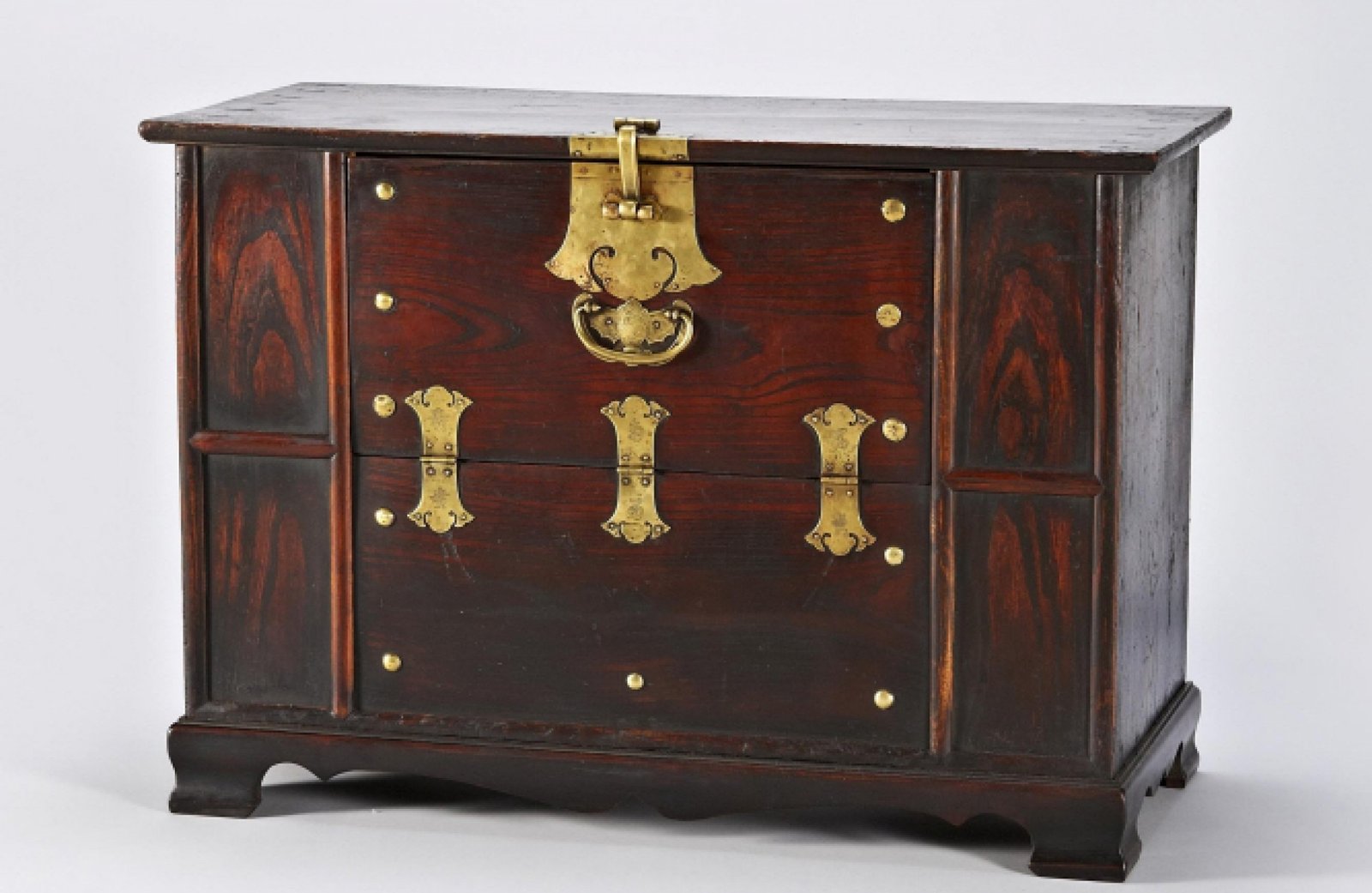
Featured image at the top of this post: Gyeonggi Do Bandaji from the National Museum of Korea. Gyeonggi Do province or Kyonggi Do, where the capital city of Seoul is located, lies in the northern western part of the peninsula. The north, south and eastern part of the province are covered by mountains. Bandaji chests, […]
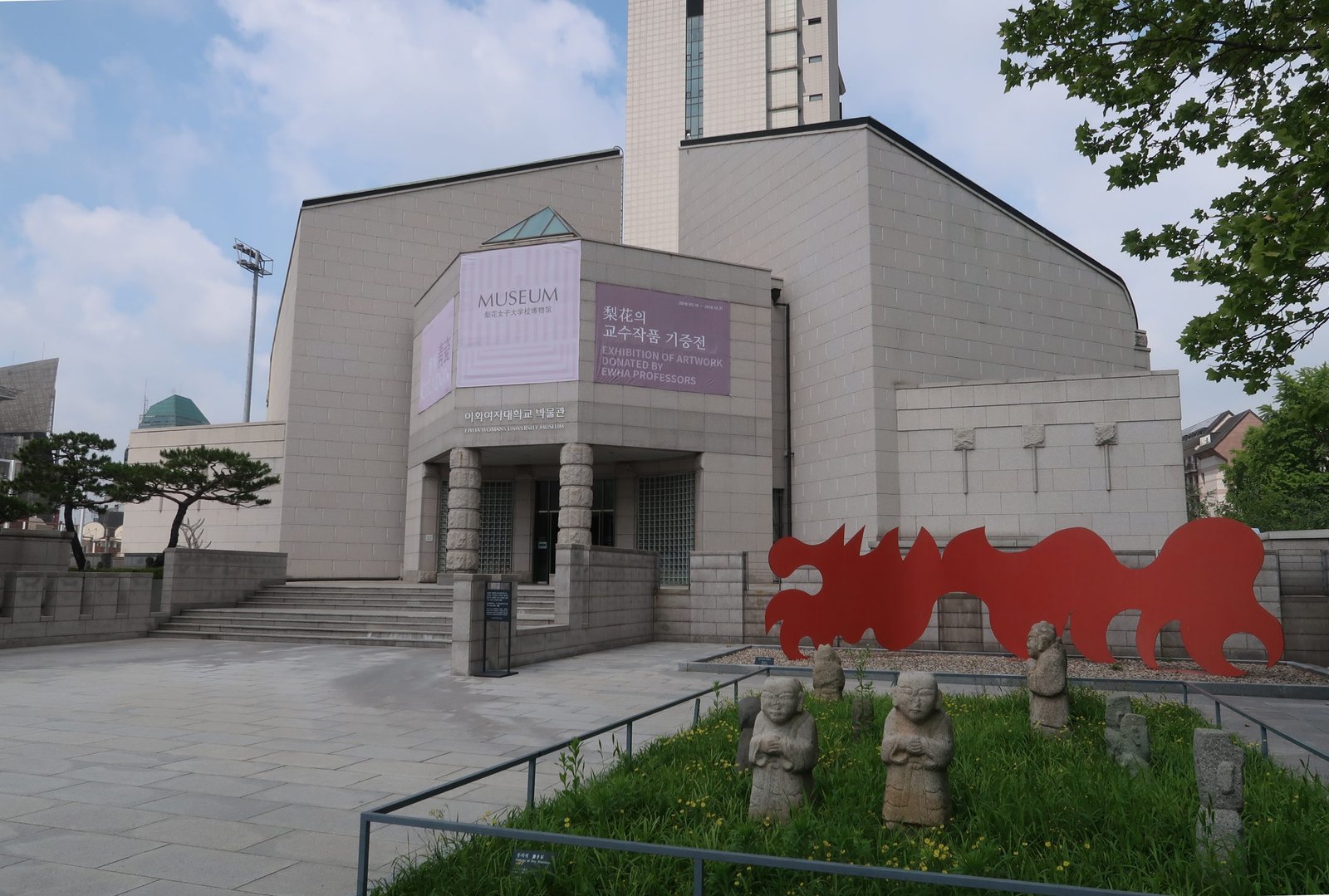
EWHA WOMAN’S UNIVERSITY. SEOUL. Korean Furniture Collection. More than 500 pieces are featured in the collection of the Ewha Woman’s University Museum in Seoul, Korea. Woman’s University Museum in Seoul, Korea. The museum was open on April 6, 1935, as part of the university’s efforts to preserve Korea’s rich cultural heritage. HO-AM ART MUSEUM. SEOUL. […]
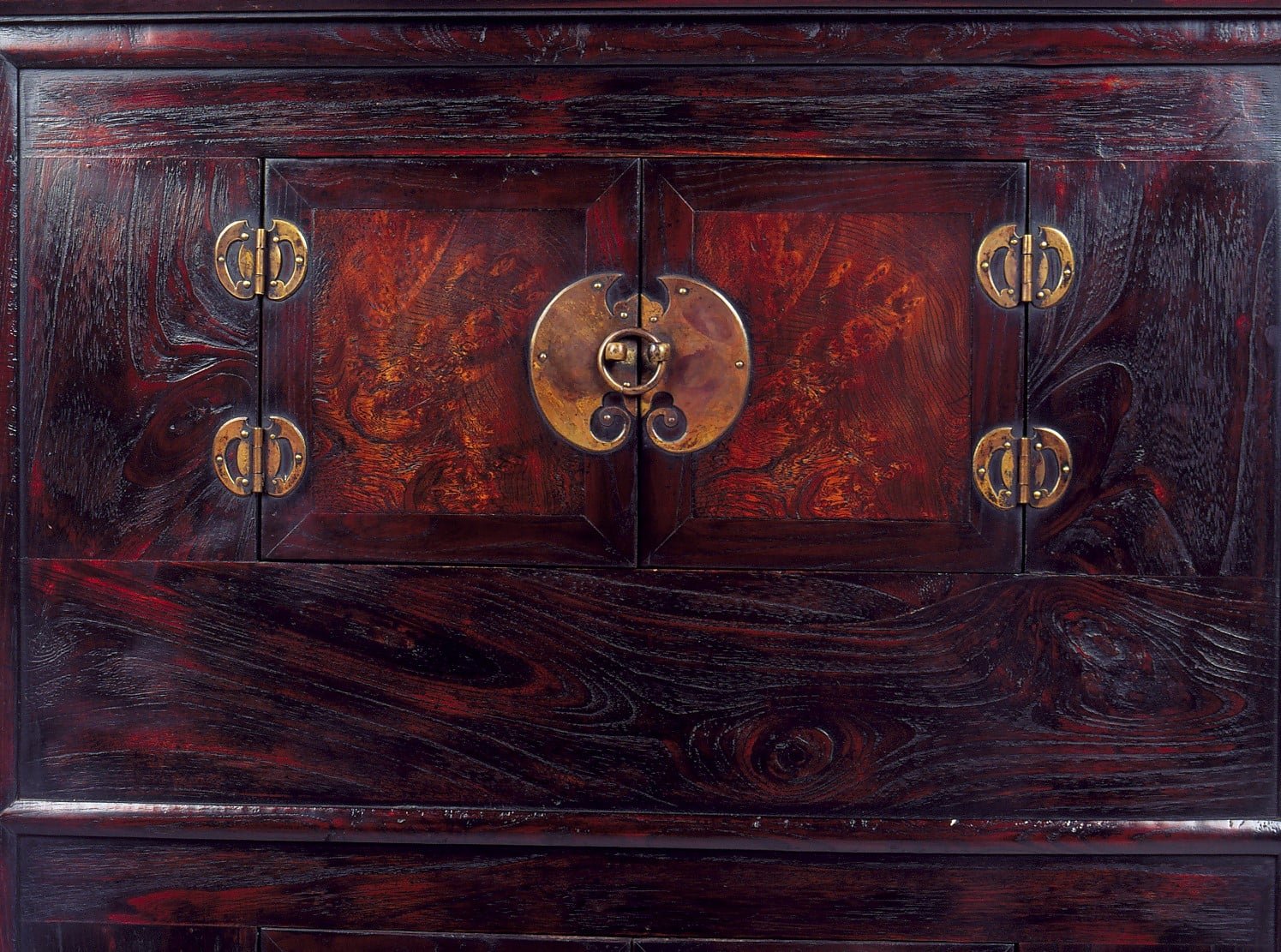
Paulownia tree is called “Odong namu” in Korean 오동나무. Paulownia coreana, grows primarily in East Asia, with the southern region of Gyeonggi Province in Korea, including Seoul, being a notable area for its growth. Throughout history, it has been highly regarded for its exceptional wood quality and has been a preferred material for crafting furniture. […]